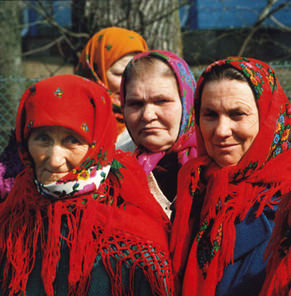Recent publications
Prospects for the IAEA International Conference on ‘Occupational Radiation Protection’
- Details
- Category: Communications
- Published: Monday, 23 June 2014 10:21
SCHIEBER C.
Oral Presentation at the Fourth Regional European IRPA Congress ‘Radiation Protection Culture-A Global Challenge’, Geneva, Switzerland, 23-27 June 2014.
Abstract
The second International Conference on Occupational Radiation Protection will be held at the IAEA’s Headquarters in Vienna, Austria, from 1 to 5 December 2014. The conference will be organized by the IAEA and co-sponsored by the ILO, in cooperation with several other international organizations.
10 years after the first international conference on this topic, it will be an excellent opportunity to look backward on what has been achieved in the improvement of occupational radiation protection and to identify gaps and challenges for the next decade.
This presentation will draw a global picture on the status of occupational exposures in the various fields of activities and present the main topics to be discussed during the conference, based on the currently identified challenges in occupational radiation protection, such as:
- The implementation of recent changes in ICRP recommendations and international Basic Safety Standards, with a special focus on the new eye lens dose limit as well as on occupational exposure to NORM or radon
- The implementation of occupational radiation protection in developing countries
- The improvements needed in the medical field where the number of exposed workers is increasing all over the world and where education and training issues are a continuing problem.
- New built of nuclear power plants together with decommissioning of old ones.
- Approaches, measures and actions for radiation protection of workers in emergency situations, in the light of experience from Fukushima accident
- The creation, use and development of professional networks to enhance occupational radiation protection.
Download Communication A1199

 CEPN is a non-profit organisation created in 1976 to establish a research and development centre in the fields of optimisation of radiological protection and comparison of health and environmental risks associated with energy systems.
CEPN is a non-profit organisation created in 1976 to establish a research and development centre in the fields of optimisation of radiological protection and comparison of health and environmental risks associated with energy systems.
